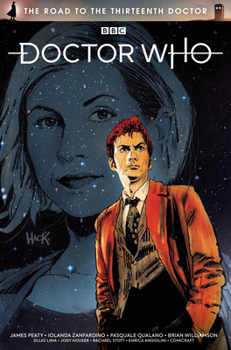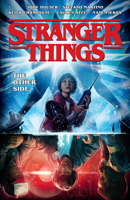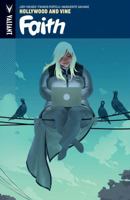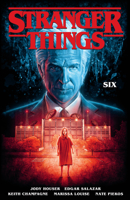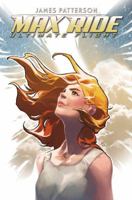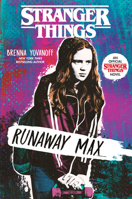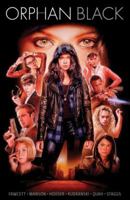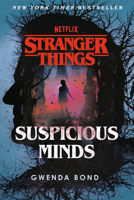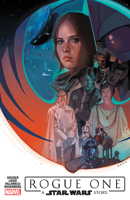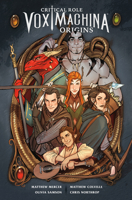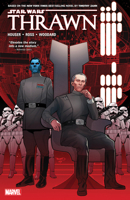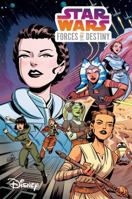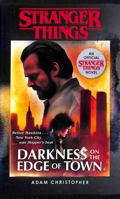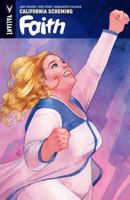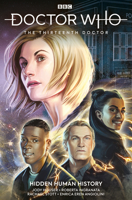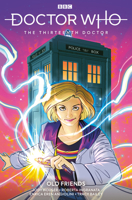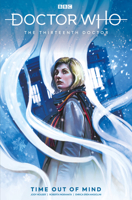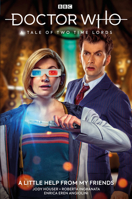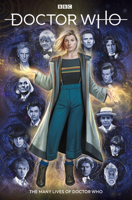Doctor Who: The Road To The Thirteenth Doctor
(Part of the Doctor Who: The Thirteenth Doctor Titan Comics Series and Doctor Who: The Road to the Thirteenth Doctor Series)
Select Format
Select Condition 
You Might Also Enjoy
Book Overview
Join the road to the Thirteenth Doctor with this essential comics collection, featuring three standalone tales of the Tenth, Eleventh and Twelfth Doctors, and a tantalising prologue to the Thirteenth Doctor's All New Comics Adventures The Tenth Doctor, Gabby, and Cindy have their work cut out for them when they encounter a lost spaceship... whose crew is being absorbed by mysterious, ghostly creatures But everything is not as it seems, especially when disturbing facts about the crew come to light The Eleventh Doctor and Alice visit 19th Century San Francisco, but there's just one problem - it's full of robots Do the automata come in peace, or does their displacement in time signal something sinister? The Twelfth Doctor and Bill find London's Piccadilly Circus transformed into an empty wasteland... of pteradactyls And on the Road to the Thirteenth Doctor , written and drawn by the creative team of the all-new ongoing Thirteenth Doctor series, meet a brand new character who has been drawn to incarnations of the Doctor all throughout history - but will they be friend or foe?
Format:Paperback
Language:English
ISBN:1785869310
ISBN13:9781785869310
Release Date:December 2018
Publisher:Titan Comics
Length:96 Pages
Weight:0.62 lbs.
Dimensions:0.3" x 6.6" x 10.0"
Customer Reviews
6 customer ratings | 5 reviews
There are currently no reviews. Be the first to review this work.









